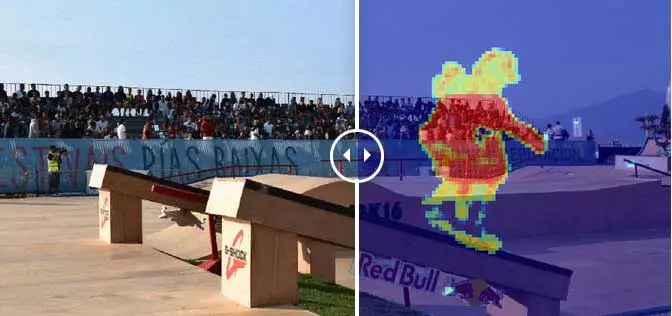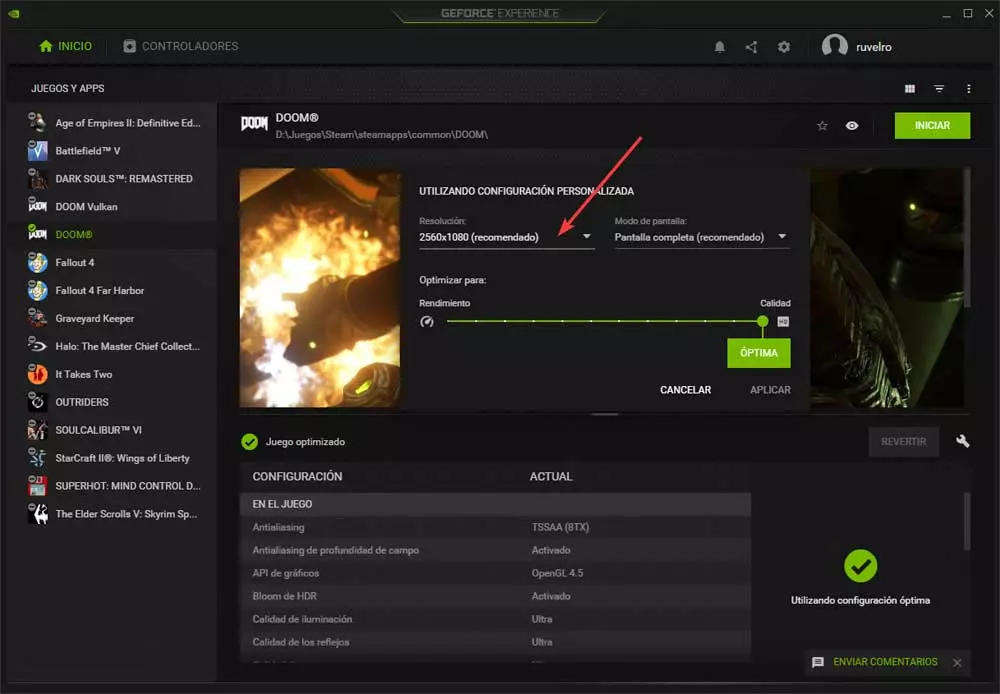
Much of the blame for the results we can get in image editing jobs right now lies with the software available. These applications try to take full advantage of the potential of our computers to offer us all kinds of functions focused on the Photo retouching. Moreover, a large part of these, especially the most powerful ones, have a integrated artificial intelligence to make things easier for us and obtain more spectacular results.
In fact, we can find ourselves on many occasions with digital images that we don’t know if they are real or have been doctored in the past. That is the point of realism that we can face right now thanks to all this software. However, on certain occasions all this can become a serious problem, for example, when detect plagiarism or copies. Precisely focusing on this, next, we are going to talk about a program developed in our country and that detects if a certain photo has been retouched before, or not.
This is the project called Fawresian, a software supported, among others, by the University of Vigo that focuses on this type of tasks that we discussed. Basically the software tries to help us find out if a certain photo has been photoshopped.
What does Fawresian do with the photos?
Obviously, this type of treatment of photos can be extremely useful for both end users and companies of all kinds. So that we can understand this detection of retouched images, let’s see how the program works internally. Actually, what Fawresian does is create a heat map which they call counterfeit map. This is the element that is actually responsible for showing us the inconsistencies that have been detected in the image loaded with respect to the original.
When we refer to these inconsistencies that Fawresian detects in the potential retouched photos, we must know that it has a low error rate. And it is that the normal thing when fakes of a certain image in JPEG format are generated, for example, is that a second compression is carried out. This means that, when falsifying a photo with editing programs such as the aforementioned Photoshop or Gimp, at least a second compression is carried out in addition to the original.
In this way, the software we are talking about first evaluates the presence of these traces of double compression in the jpeg file. With all this, what is intended is to verify the integrity of the uploaded photos. Thus, in the event of a positive detection, Fawresian creates a heat map. In it he lets us see, in 8 x 8 pixel blocksthe probability that these have been manipulated.
To all this we can add that a full color statistical analysis is done internally to identify these changes. Likewise, an intelligent analysis of the saturated regions of the photo is carried out to detect inconsistencies with respect to the original.



